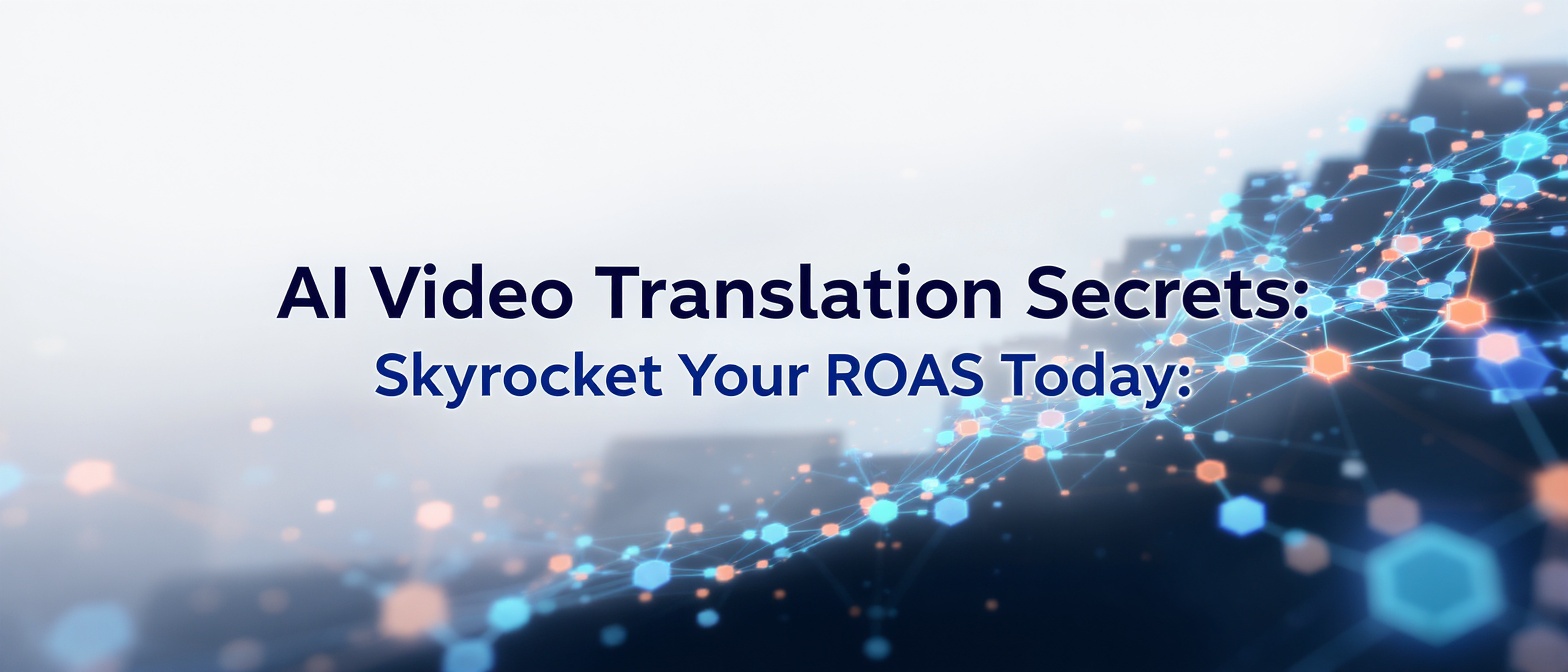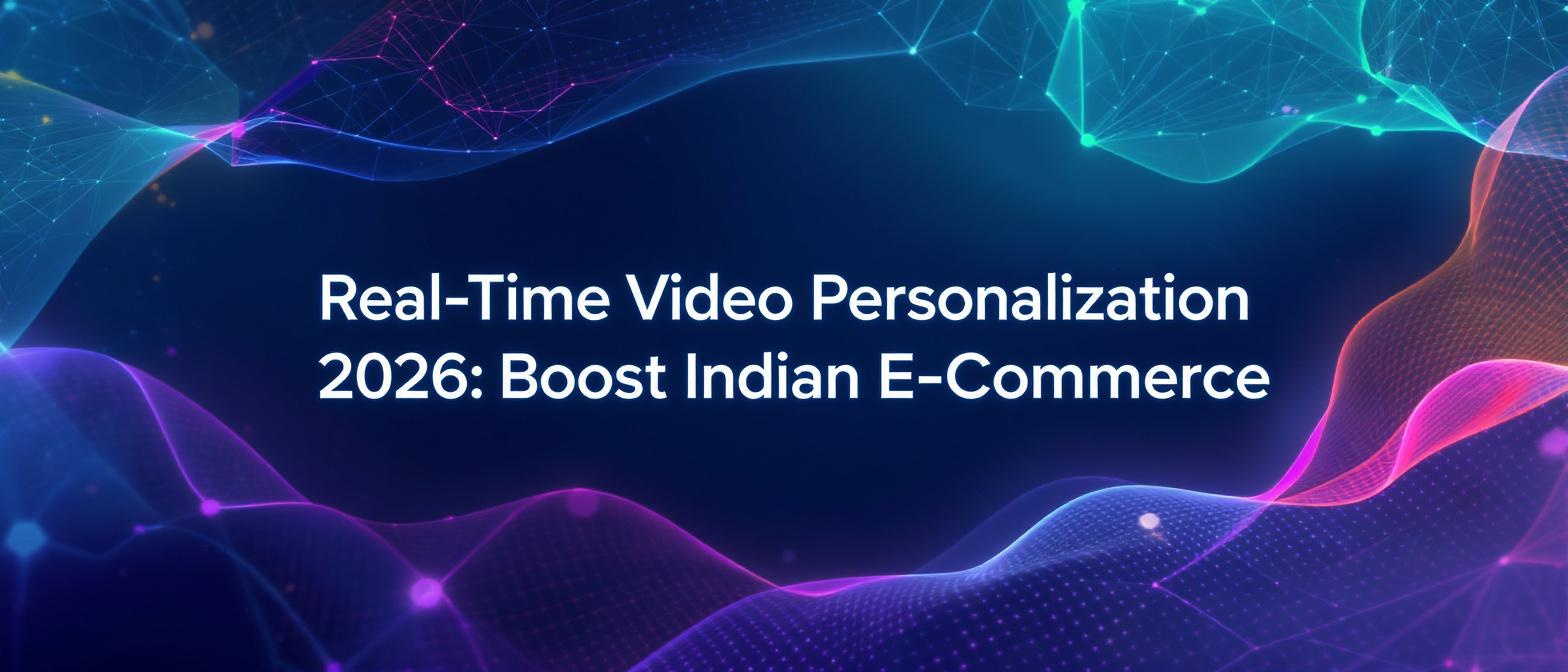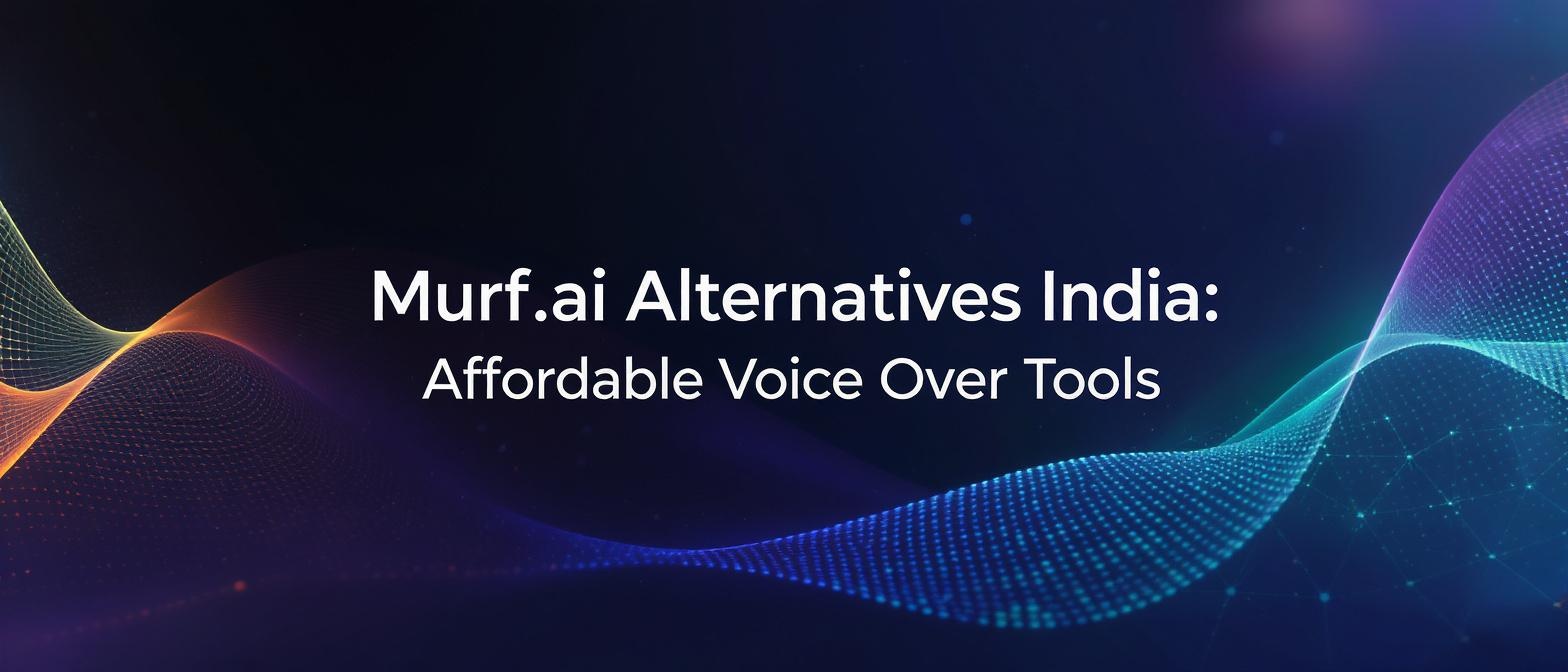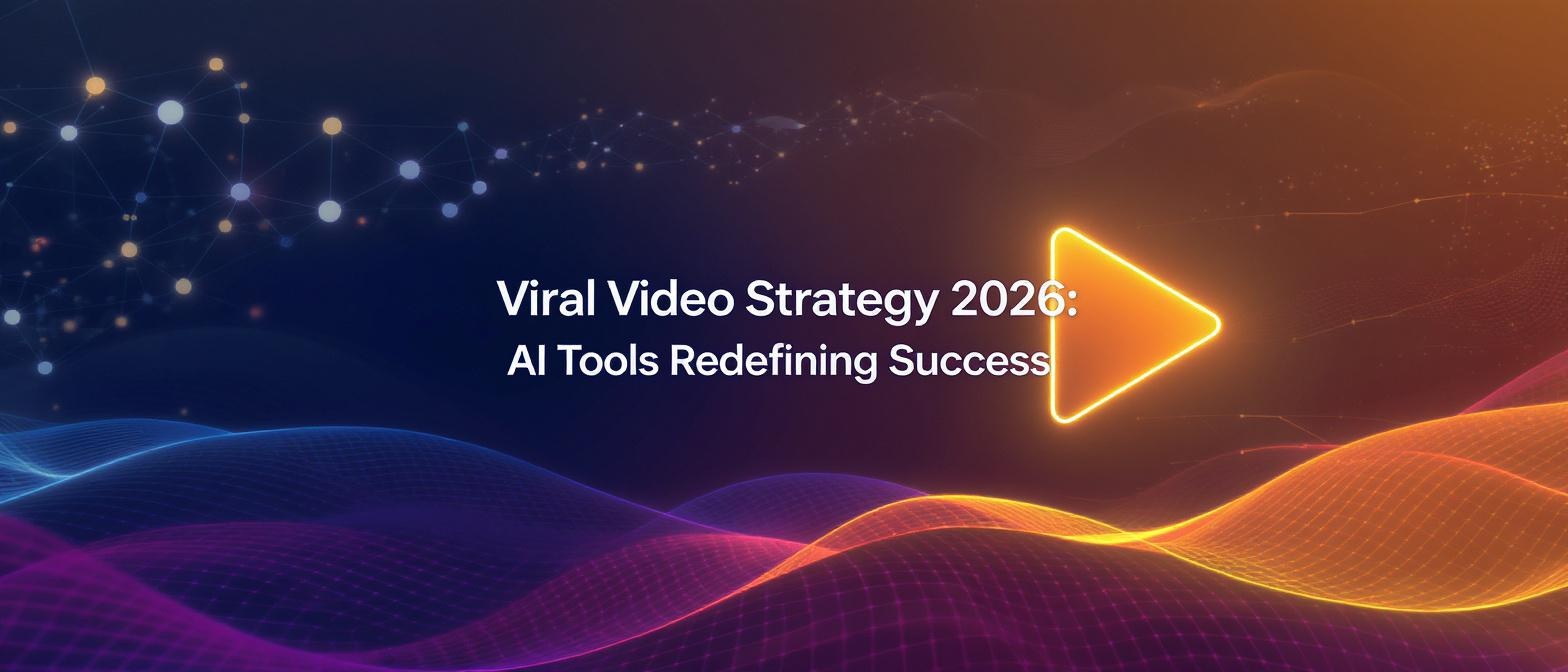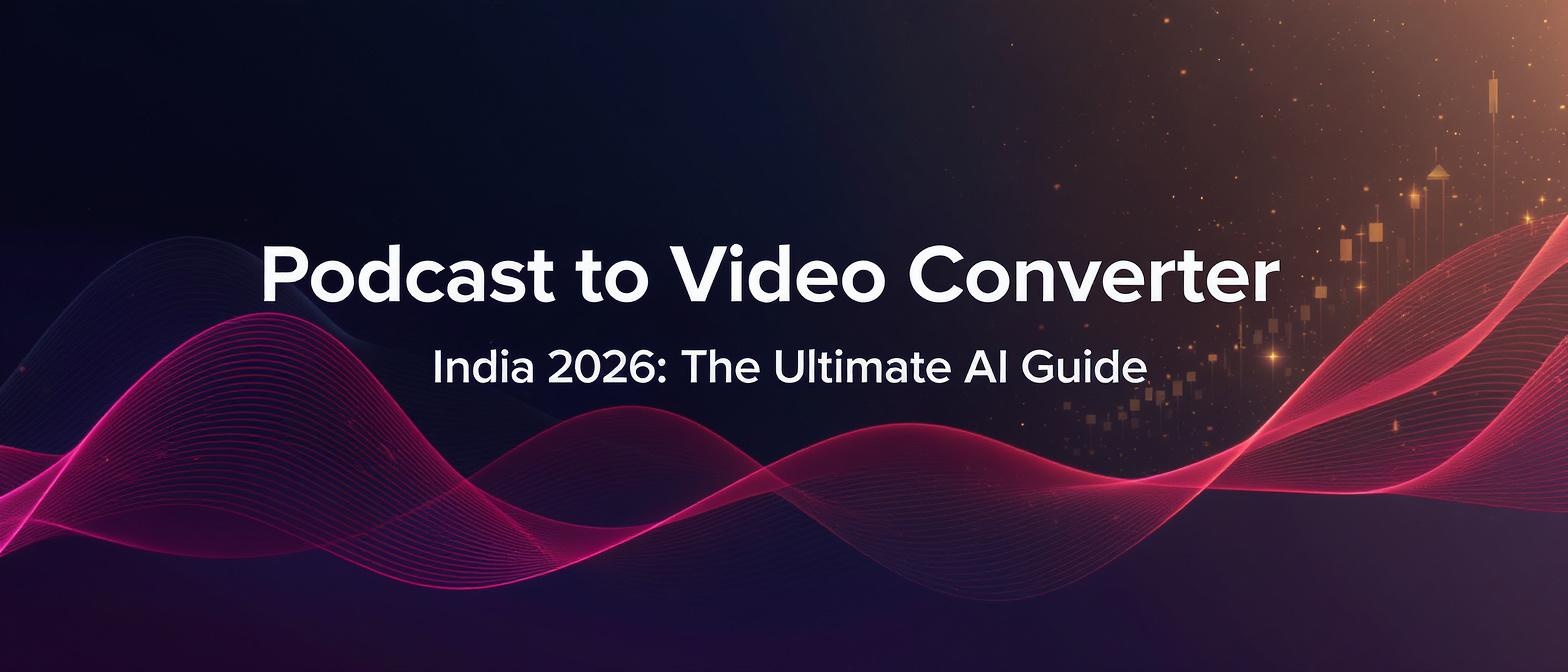The 2025 Ultimate Guide: How AI Video Translation Skyrockets Your ROAS
Estimated reading time: ~15 minutes
Key Takeaways
- Global audiences demand hyper-localized video content that truly resonates.
- AI video translation slashes production cost and time by over 90% compared to traditional methods.
- Seamless voice cloning and lip-sync technology drive natural viewer engagement and higher conversions.
- Future trends point to real-time personalization and fully generative AI avatars.
In an increasingly borderless digital economy, the single greatest mistake a brand can make is assuming a one-size-fits-all video ad speaks to everyone. It doesn’t. In fact, a 2025 study from ScienceDirect confirms that consumers respond significantly more favorably to advertising that reflects their immediate socio-cultural environment. This is where the power of AI video translation emerges, not just as a tool, but as a foundational strategy for any business serious about global growth. While the goal of reaching international audiences is clear, the path has traditionally been paved with exorbitant costs, logistical nightmares, and cripplingly slow timelines.
Reshooting a single video ad for five different markets could mean five different crews, five sets of actors, and a budget that balloons into the tens of thousands of dollars. This old model is broken, inefficient, and inaccessible for all but the largest corporations. But what if you could translate, dub, and perfectly lip-sync your video ads for dozens of countries in a matter of minutes, for a fraction of the cost, and without ever leaving your web browser?
This is the revolution AI video translation offers. It's a seismic shift in marketing technology that dismantles language barriers, forges authentic connections with local audiences, and delivers a powerful, measurable impact on your Return on Ad Spend (ROAS). This ultimate guide will take you beyond the surface-level benefits, providing a comprehensive deep dive into the technology, the quantifiable ROI, the strategic implementation, and the future of hyper-localized advertising.
Chapter 1: The Unignorable Shift: Why Hyper-Localization is Non-Negotiable in 2025
The era of generic, monolithic advertising is over. Today's consumers are savvy, discerning, and expect brands to understand them on a personal level. This expectation doesn’t stop at their country’s border; it intensifies. Hyper-localization is the practice of tailoring content to a specific location and culture, going far beyond simple language translation.
A 2025 consumer behavior study from Rio SEO underscores the critical importance of local context in purchasing decisions. While focused on search, the principle is universal: relevance drives results. When a potential customer in Tokyo sees an ad featuring New York skyscrapers and a fast-talking American presenter, a cognitive disconnect occurs. The message may be understood, but it isn't felt. The brand is perceived as an outsider.
True localization involves adapting:
- Language and Dialect: Speaking in Spanish is one thing; using the specific colloquialisms of Mexican Spanish versus Castilian Spanish is another.
- Cultural Nuances: Humor, symbols, colors, and gestures can have vastly different meanings across cultures. A thumbs-up is positive in the U.S., but offensive in parts of the Middle East.
- Visual Context: The backgrounds, clothing styles, and even the ethnicity of people featured in an ad can make it feel either relatable or alienating.
Failing to adapt isn't just a missed opportunity; it's a costly mistake that can damage brand perception and render ad spend useless. As detailed in a landmark Harvard Business Review article on cross-cultural marketing, cultural sensitivity is paramount to building trust and loyalty—the cornerstones of long-term profitability.
Chapter 2: The Old Way vs. The New Way: Deconstructing Video Localization
The Traditional Workflow: A Study in Friction
Imagine you have a successful two-minute video ad for the U.S. market and want to launch it in Germany, Japan, Brazil, and Spain.
- Transcription & Translation (1-2 weeks): You hire four different professional translators to transcribe the English script and then translate it, ensuring cultural relevance.
- Voice-over Casting (1 week): You find and audition native-speaking voice actors for each language, hoping to match the tone and energy of the original.
- Studio Recording (1 week): You book recording studios and schedule sessions with the four actors.
- Video Re-editing & Dubbing (2-3 weeks): A video editor painstakingly syncs the new audio to the original video. The results are often imperfect, with noticeable mismatches between the speaker's lips and the new dialogue.
- Graphic Updates (1 week): Any on-screen text or graphics must be manually redesigned and re-rendered for each language.
- Review & Approval (1 week): The entire process requires multiple rounds of review, introducing further delays.
Total Time: 7-9 weeks.
Estimated Cost: $15,000 - $30,000+
This cumbersome process makes it impossible to be agile, to A/B test different messages, or to react quickly to market trends.
The AI-Powered Workflow: A New Paradigm
Now, let's run the same scenario using a modern AI platform.
- Upload & Transcribe (2 minutes): You upload your original English video. The AI automatically transcribes the audio.
- Translate (1 minute): You select German, Japanese, Portuguese, and Spanish. The AI translates the script instantly.
- Generate New Video (10 minutes): The platform generates four new versions of your video. The AI clones the original speaker's voice, preserving their tone and cadence, but has them speak the new languages flawlessly. Simultaneously, it analyzes the speaker’s mouth movements and resynthesizes their lips to perfectly match the translated words. On-screen text can often be translated in the same step.
Total Time: Under 15 minutes.
Estimated Cost: Orders of magnitude less than the traditional method.
This efficiency is transformative. Platforms like Studio by TrueFan AI enable this entire process to be managed from a single, browser-based dashboard, slashing production timelines from weeks to minutes.
| Feature | Traditional Localization | AI-Powered Localization |
|---|---|---|
| Time | 7-9 Weeks | < 15 Minutes |
| Cost | $15,000 - $30,000+ | 90-95% Reduction |
| Scalability | Extremely Low | Infinitely Scalable |
| Consistency | Varies by Team | Perfectly Consistent |
Chapter 3: Under the Hood: How AI Video Translation Technology Actually Works
What seems like magic is a convergence of several sophisticated AI disciplines working in concert. Understanding them helps in appreciating the quality and capability of today's tools.
- Neural Machine Translation (NMT): This is the engine of the translation itself. Unlike older, phrase-based systems that translated text chunk-by-chunk, NMT models, like those discussed in-depth by MIT Technology Review, analyze the entire sentence to understand context, grammar, and nuanced meaning. This results in translations that are far more accurate and natural-sounding.
- Generative AI for Voice Cloning: This technology analyzes the unique characteristics of a person's voice from the original video—their pitch, tone, pace, and emotional inflection. It can then generate entirely new speech in a different language that retains the original speaker's vocal identity. The result is not a generic, robotic voice, but a seamless continuation of the original performance.
- Computer Vision for Lip-Sync: This is perhaps the most visually impressive component. The AI uses computer vision to map the speaker's facial movements in the original video. When the new audio track is generated, the AI algorithmically alters the pixels around the mouth to create new, photorealistic lip movements that are perfectly synchronized with the translated words. This eliminates the jarring "bad dubbing" effect that plagues traditionally localized content.
- AI Avatars: The next evolution of this technology is the use of AI-generated avatars. Instead of using a human presenter in the original video, brands can use a photorealistic digital human. This provides unparalleled flexibility. The sophistication of this technology is remarkable. For example, Studio by TrueFan AI's 175+ language support and AI avatars (which are digital twins of real influencers) allow a single video to be authentically repurposed for dozens of global markets without a single reshoot.
Chapter 4: The ROI Equation: Quantifiable Metrics Boosted by AI Localization
Ultimately, marketing efforts are measured by their return on investment. This is where AI video translation delivers its most compelling argument, directly impacting key performance indicators across the board.
1. Increased Click-Through Rates (CTR) & Engagement
Localized ads are simply more relevant. When viewers see an ad in their native language, featuring familiar accents or cultural cues, it stops the scroll. This immediate connection leads to higher watch times, more likes, more shares, and, crucially, more clicks. With short-form video formats now delivering the highest ROI according to a 2025 Sprout Social report, the ability to rapidly produce dozens of localized short-form video ads for platforms like TikTok and Instagram Reels is a massive competitive advantage.
2. Higher Conversion Rates
Clarity drives conversions. A call-to-action (CTA) is most effective when it is understood perfectly, without any language friction. By presenting offers, benefits, and the final CTA in a viewer's native tongue, you remove cognitive barriers to purchase. A "Buy Now" button is far more compelling when the entire preceding message has been delivered with flawless, native clarity.
3. Drastically Reduced Production Costs
This is the most direct and easily measured ROI. As illustrated in Chapter 2, the cost savings are staggering. Consider a hypothetical scenario: localizing a 2-minute ad for 10 languages.
- Traditional Cost: ~$25,000
- AI-Powered Cost: ~$1,000 - $2,000
This 90%+ reduction in cost doesn't just save money; it liberates it. The budget that once produced 10 localized ads can now produce 100, allowing for more experimentation, market testing, and broader reach.
4. Improved Return on Ad Spend (ROAS)
ROAS is the ultimate metric, calculated as (Revenue from Ad Campaign / Cost of Ad Campaign). AI localization attacks both sides of this equation.
- It increases revenue by boosting CTR and conversion rates.
- It decreases costs by slashing production expenses.
A 2025 Yans Media analysis found that companies using video marketing grew revenue 49% faster than those that didn't. AI localization acts as a supercharger on this growth, making each dollar of ad spend work harder and more efficiently. Solutions like Studio by TrueFan AI demonstrate ROI through significant cost savings on production, faster speed-to-market for A/B testing ad creatives, and the ability to penetrate new markets with a minimal initial investment. For a deeper dive into measuring this critical metric, HubSpot offers an excellent guide to calculating ROAS.
Chapter 5: Beyond Translation: Mastering Cultural Nuance with AI
Top-tier AI platforms are evolving beyond simple word-for-word translation. The new frontier is culturalization—using AI to ensure the entire message, both verbal and non-verbal, resonates with the target audience.
This is a critical gap left by the competitor's analysis. True localization isn't just about language; it's about context.
- Adapting Humor and Idioms: An idiom like "break a leg" translates nonsensically. Advanced AI can be trained to recognize such phrases and suggest culturally equivalent idioms that preserve the original intent.
- Visual Localization: The next wave of AI tools will allow for the seamless alteration of visual elements. Imagine changing the background of an ad from a Los Angeles beach to a bustling Tokyo market, or altering the color of a dress to one considered more auspicious in the target culture.
- Compliance and Sensitivity: AI can be trained to flag content that might be culturally insensitive or violate local advertising regulations. This is a crucial risk-management function that protects brand reputation. This aligns with the principles of Hofstede's cultural dimensions theory, which provides a framework for understanding cross-cultural differences that AI can help navigate.
Chapter 6: Strategic Implementation: A 5-Step Framework for Success
Adopting this technology is simple, but maximizing its impact requires a strategic approach.
- Identify Priority Markets: Use market research and analytics to identify 3-5 international markets with the highest potential for your product. Look for audience overlap, search volume for your keywords, and competitor presence.
- Develop a "Core" Master Video: Create a high-quality source video. Focus on universally appealing visuals and minimize on-screen text that is difficult to edit. A clean, professional video is the best foundation.
- Choose the Right AI Platform: Evaluate potential platforms based on key criteria:
- Language & Dialect Support: Does it cover your priority markets with regional accuracy?
- Voice & Avatar Quality: Are the voices natural? Are the avatars photorealistic?
- Lip-Sync Accuracy: Is the synchronization seamless?
- Security & Compliance: What are their data protection protocols?
- Localize & A/B Test: Generate multiple versions for each market. Test different voice styles, or if using avatars, test different presenters. Run small, targeted ad campaigns to see which version resonates most before scaling the budget.
- Analyze, Iterate, and Scale: Use the performance data from your tests. Double down on the winning creatives and use the insights to inform your next master video. Once you have a proven workflow, you can rapidly scale your efforts to dozens of markets.
Chapter 7: The Future is Hyper-Personalized: What's Next for AI Video Localization?
The technology is advancing at an exponential rate. The AI video generator market, valued at $716.8 million in 2025, is projected by Fortune Business Insights to explode to over $2.5 billion by 2032. This growth will be fueled by capabilities that seem like science fiction today.
We are heading towards a future of:
- Real-Time Ad Personalization: Imagine an ad that translates itself and adapts the speaker's accent and appearance on-the-fly based on the individual viewer's data.
- Live Stream Translation: AI will enable creators and brands to host live events that are simultaneously and seamlessly dubbed into hundreds of languages in real-time.
- Fully Generative Spokespeople: Brands will create unique, AI-generated brand ambassadors that can be instantly deployed in any market, speaking any language, perfectly embodying the brand's ethos.
The insights from the annual Stanford HAI AI Index Report consistently point toward rapid advancements in generative media, and video is at the forefront of this wave.
Frequently Asked Questions
Q1: How does AI handle dialects and regional accents within a single language?
Advanced AI platforms can be trained on datasets specific to regional dialects. This allows them to generate audio in, for example, a Parisian French accent versus a Québécois French accent, or to use vocabulary specific to each region. This level of granularity is key for authentic localization.
Q2: What are the ethical considerations of using AI to clone voices and create digital avatars?
This is a critical question. Ethical platforms operate on a consent-first model. Voice cloning should only be done with the explicit permission of the original speaker. Similarly, avatars should either be entirely AI-generated or be digital twins of real people who have licensed their likeness, ensuring they are compensated fairly.
Q3: Can AI video translation tools handle on-screen text and graphics?
Yes, many modern platforms include features to edit and translate on-screen text overlays. Some are even developing AI that can identify text within the video itself (e.g., on a sign in the background) and replace it with a translated, contextually-aware equivalent.
Q4: How secure is my video content when I upload it to an AI platform?
Security is paramount. You should only use platforms that have clear, robust security policies and certifications. It’s crucial to choose platforms with robust security protocols. For instance, Studio by TrueFan AI is ISO 27001 and SOC 2 certified, ensuring enterprise-grade data protection for your valuable creative assets.
Q5: What’s the difference between AI dubbing and traditional dubbing?
Traditional dubbing relies on a human voice actor trying to match their speech to the pre-existing lip movements of the on-screen actor, which often results in awkward timing and pacing. AI dubbing generates entirely new, perfectly synchronized lip movements to match the translated audio, resulting in a far more natural and seamless viewing experience.
Q6: How can a small business with a limited budget get started with AI video translation?
The beauty of this technology is its accessibility. Most platforms operate on a SaaS (Software as a Service) model with affordable monthly subscription tiers. A small business can start by localizing their single best-performing ad for one or two high-potential international markets for a very low initial investment, then scale as revenue grows.
Conclusion: Speak to the World, One Customer at a Time
The digital landscape has flattened the globe, but language and cultural barriers remain significant obstacles to growth. For years, overcoming them was a luxury reserved for the few. Today, AI video translation has democratized global marketing.
It is no longer a question of if you should localize your video ads, but how quickly you can adopt the technology to do so. By embracing AI, you can connect with customers in their native language, respect their cultural context, and build a truly global brand. You can move faster, test more, and achieve a level of efficiency your competitors using outdated methods can only dream of. The result is not just better engagement and higher conversions, but a fundamentally stronger, more profitable, and more resonant brand presence on the world stage.

